Introduction
Osmanthus flowers, known scientifically as Osmanthus fragrans, are renowned for their sweet, intoxicating aroma and their versatility in culinary and aromatic applications. From brewing fragrant teas to crafting potpourri and essential oils, osmanthus flowers offer a myriad of uses that enrich our daily lives. However, harnessing the full potential of these blooms often begins with a crucial step: drying them properly. This guide delves into the art and science of drying fresh osmanthus flowers, ensuring that you preserve their natural beauty, fragrance, and usability for months, even years, to come.
Understanding Fresh Osmanthus Flowers
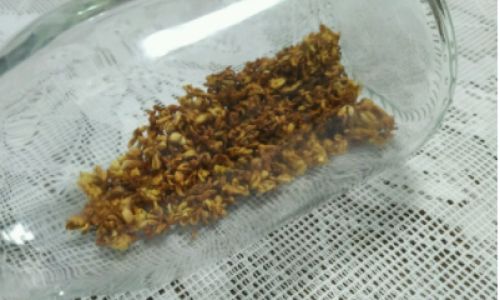
Before embarking on the drying process, it’s essential to familiarize yourself with the characteristics of fresh osmanthus flowers. These flowers typically bloom in late autumn, their petals ranging from white to yellow, adorned with a delicate, star-like shape. Their fragrance is strongest when the flowers are fully open, making this the ideal time for harvesting.
When selecting flowers for drying, prioritize those that are healthy, fully bloomed, and free from pests, diseases, or damage. Freshness is key; the sooner you begin the drying process after harvesting, the better the final outcome.
Preparation for Drying
-
Harvesting Techniques

- Timing: As mentioned, aim to harvest osmanthus flowers during their peak bloom period. Early morning, when dew is still on the petals, is often considered the best time as the flowers are at their freshest and most fragrant.
- Tools: Use clean, sharp scissors or pruning shears to avoid damaging the plant. A basket lined with a soft cloth or paper towels can help protect the flowers during transport.
- Gentleness: Handle the flowers gently to prevent bruising, which can lead to premature spoilage.
-
Sorting and Cleaning
- Once harvested, sort through the flowers, removing any leaves, stems, or imperfect blooms.
- Gently rinse the flowers under cold running water to remove any dirt or debris. Be cautious not to soak them, as excess moisture can hinder the drying process and promote mold growth.
- Pat the flowers dry using a clean, soft towel or air-dry them briefly on a clean, lint-free surface.
Methods for Drying Fresh Osmanthus Flowers
There are several methods for drying osmanthus flowers, each with its own set of pros and cons. The choice of method often depends on the quantity of flowers, the desired outcome, and available resources.
-
Air-Drying Method
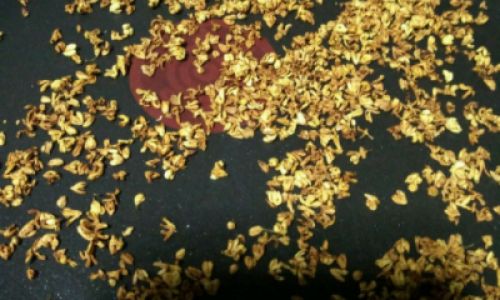
- Setup: Spread the cleaned and patted-dry flowers in a single layer on a clean, breathable surface such as a wire rack, baking sheet lined with parchment paper, or a clean screen. Ensure good air circulation by placing the setup in a well-ventilated area away from direct sunlight and sources of heat or humidity.
- Duration: Air-drying can take anywhere from a few days to a week, depending on the ambient temperature, humidity, and the thickness of the flower layers. It’s crucial to monitor the flowers regularly, turning them occasionally to ensure even drying.
- Advantages: This method is simple, cost-effective, and preserves the natural color and aroma of the flowers quite well.
- Disadvantages: It can be time-consuming, and there’s a slight risk of mold or mildew if the conditions are not optimal.
-
Dehydrator Method
- Equipment: A food dehydrator set to a temperature between 95°F (35°C) and 115°F (46°C) is ideal. Ensure that the dehydrator has adjustable trays to allow for even air circulation.
- Process: Arrange the flowers in a single layer on the dehydrator trays, making sure they are not overcrowded. Follow the manufacturer’s instructions for drying times, which can range from 8 to 12 hours, depending on the model and the desired dryness.
- Advantages: Faster than air-drying, more consistent results, and reduced risk of mold or mildew.
- Disadvantages: Requires specialized equipment, which may not be accessible to everyone.
-
Oven-Drying Method
- Setup: Preheat your oven to its lowest setting, typically around 150°F (65°C) or the warmest setting that does not activate the oven’s fan (to avoid blowing around the delicate flowers). Line a baking sheet with parchment paper and spread the flowers in a single layer.
- Process: Place the baking sheet in the preheated oven, leaving a small gap between the oven door and its frame to allow for some ventilation. Monitor closely, as oven temperatures can vary, and over-drying can quickly occur. Drying time can range from 2 to 4 hours, depending on the oven’s efficiency and the desired dryness.
- Advantages: Accessible to most households, relatively quick.
- Disadvantages: Higher risk of over-drying or burning the flowers if not monitored closely, potential loss of natural color and aroma due to direct heat exposure.
-
Microwave Drying (Experimental)
- Warning: Microwave drying is not recommended for osmanthus flowers due to the high risk of scorching and loss of aroma. However, for those interested in experimentation, small batches can be tried on the lowest power setting for very short intervals (no more than 30 seconds), with frequent checking and stirring.
- Considerations: This method is highly unpredictable and not suitable for large quantities or those seeking consistent results.
Post-Drying Care

Once the flowers are fully dried, they should feel brittle and lightweight, with a preserved color close to their fresh state. Here’s how to store and use your dried osmanthus flowers:
- Storage: Transfer the dried flowers into an airtight container, preferably one made of glass or ceramic to maintain freshness and aroma. Label the container with the date and contents. Store in a cool, dark place away from direct sunlight and heat sources.
- Usage: Dried osmanthus flowers can be used in a variety of ways, including brewing teas, making potpourri, infusing oils, or adding a touch of fragrance to homemade cleaning products. Their aroma is particularly potent when used in steam distillation for essential oils.
Conclusion
Drying fresh osmanthus flowers is a rewarding endeavor that allows you to capture and preserve the essence of autumn’s bounty. By choosing the right drying method and adhering to proper preparation and storage techniques, you can ensure that your dried osmanthus flowers retain their natural beauty, fragrance, and versatility for future use. Whether you’re a tea enthusiast, a DIY aromatherapy enthusiast, or simply someone who appreciates the beauty of nature, the process of drying osmanthus flowers offers a fulfilling connection to the natural world and the promise of long-lasting fragrance and enjoyment. Happy drying!
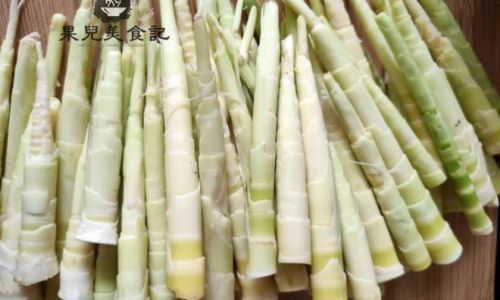
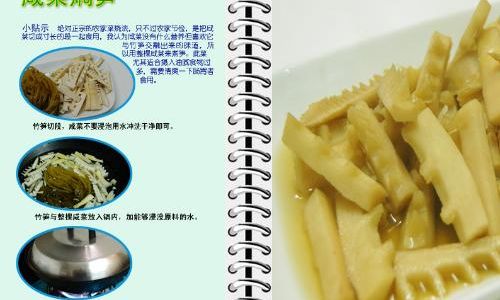
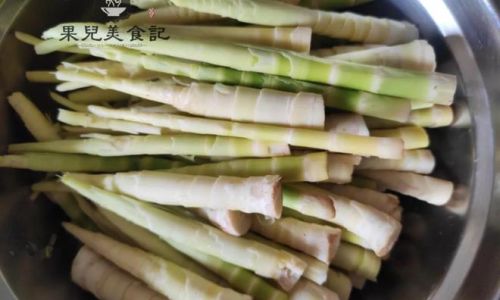
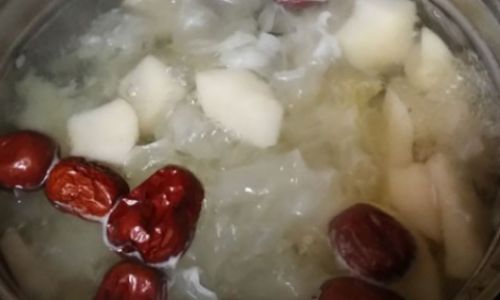


0 comments